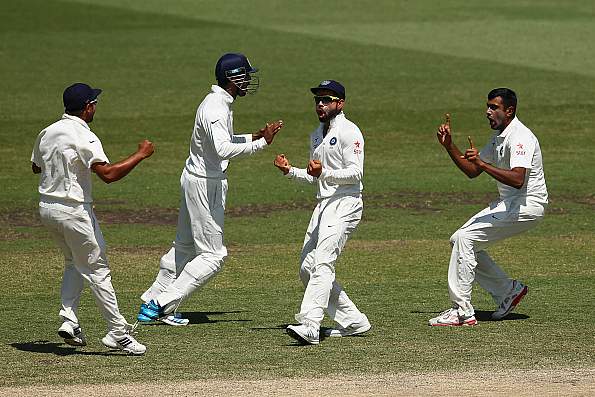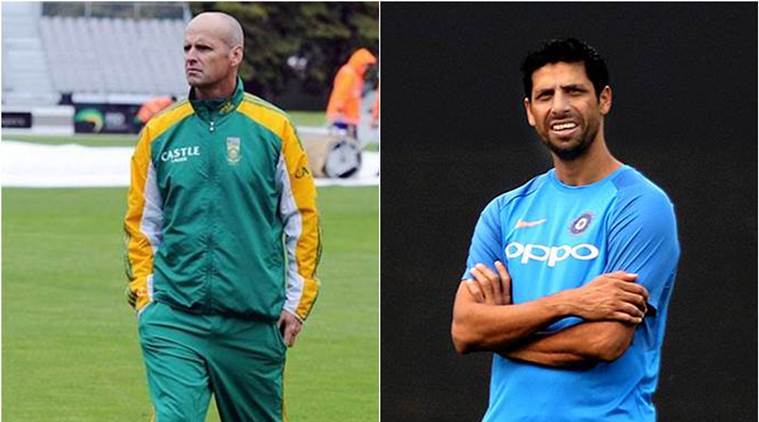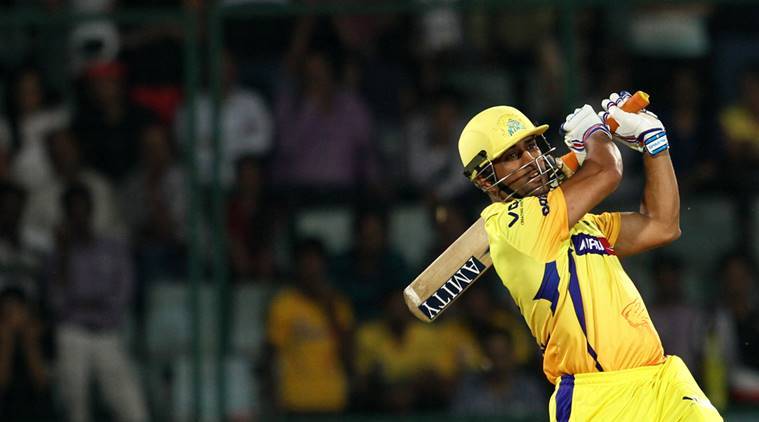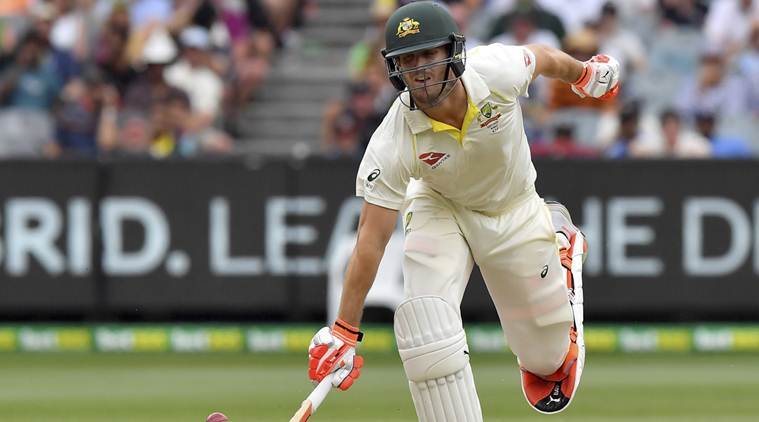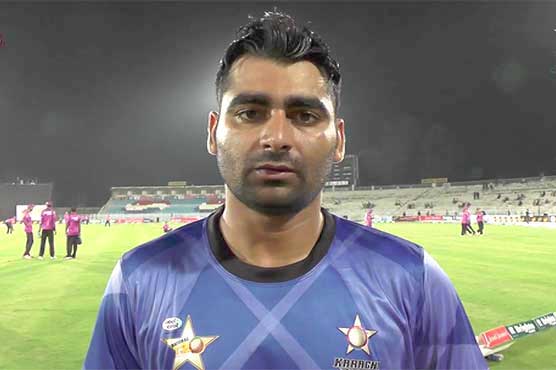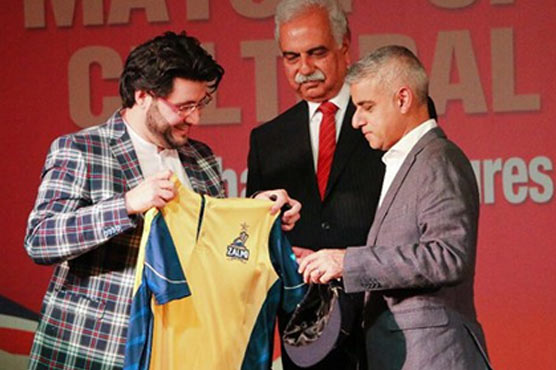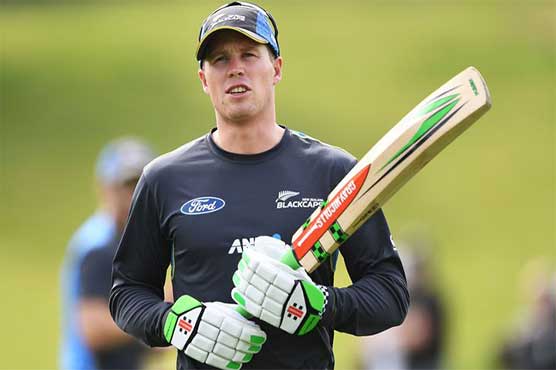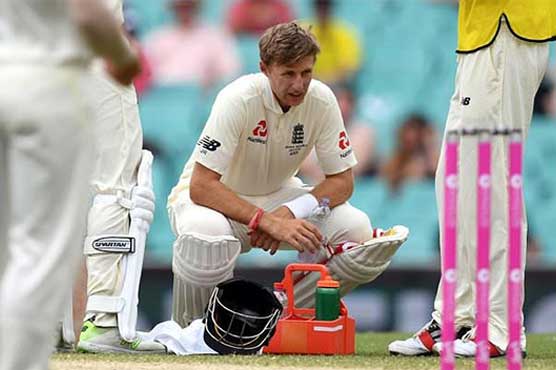Where are we hoping to get to? This unspoken, all-encompassing question may have reverberated around the aircraft as India's class of 2017-18 buckled into their respective seats. More audibly, there might have also been a warning about the possibility of mild turbulence, some discomfort even, on their journey ahead. They were going to South Africa.
Days later, Virat Kohli, egged on by the booming beacon of optimism that is Ravi Shastri, presented the metaphorical full face of the bat. He promised his side would "enjoy the challenges posed by the conditions" and use the experience gained over four years to push for a first-ever series win in the land.
In the eyes of the chief national selector at least, this is the "most balanced" Indian Test side to ever board a flight to South Africa. This is also the top-ranked team, whose series guzzling run had last been stopped by Fatullah's tropical monsoon in June 2015. The last two years have seen a gradual piling up of photographs of the Indian squad lining behind a made-to-order (by the chief sponsor) 'Champions' hoarding. As Kohli kept crossing off visiting teams from his checklist, conversations fast-forwarded to 2018.
The No.1 side, even one flying a record-equalling streak of nine successive series wins, can find gravity to be annoyingly persistent. 'Does the crown fit?,' asked the hushed voices in cricket's corridors when Kohli accepted the ICC Test mace from Sunil Gavaskar in Indore 2016 after another home win setup by R Ashwin even as hungry, but off-gluten captain proclaimed: "I want this team to be remembered as one of the finest Test teams ever."
But even the best of teams are engaged in a constant battle against entropy. The need for renewal, to maintain levels of hunger, to build new legacies is never-ending. But no team, surely, is made as conscious of its own mortality as India. As ever, the noise around them is dominated by that endlessly revised debate over the scale of their recent achievements, a sometimes cynical argument that goes beyond Test matches won and into finer statistics of ball deviation (in centimetres) after pitching during India's victories.
It is true that there is something about the general culture of home bullying in modern-day cricket and, unfortunately in India's case, it is so ingrained now that every upturn in form is undercut by the knowledge of past failures overseas, that every swell of optimism seems just the precursor to further disillusionment.
'Yes, Shikhar Dhawan has scored runs, but can he do it on a damp, green wicket at Centurion against Philander and Morkel?'
On the field, however, it has helped that this Indian team has provided the perfect antidote to sentimentality. That explains how, amid the teary farewells of the Tendulkars and the Dhonis, it was possible to seamlessly transition back to the top. Four years ago, when the core of the team took shape on four chastening overseas tours, there was a sense that the boys were talented, had hunger, but seemed stuck in puberty.
There is optimism in the belief that they've become men since, the manicured beards on some of that lot offering great emphasis to the metaphor. "The number of games that we had played back then, compared to now, and where we stand in understanding our own games, is something that has come a long way in the last four years," Kohli said on arrival in Cape Town.
"From a personal point of view, I know my game much better. I've had many highs and lows after that (the last series in South Africa). But right now the team is very comfortable with where we stand, individually as our personal skillsets, plus as a team - we know exactly what we need to do if we need to bounce back from a certain situation, how we need to do it, or if we want to create chances, how we need to create them. I think there is a sense of intelligence and awareness that has crept in in the last four years and that provides the excitement that we're talking about."
That they look ready to right the wrongs of the past emanates from a bowling attack that is skilled, battle-hardened and can give as good as it gets. Because as ever, when India travel, the focus is as much on their batsmen combating pace as it is on their own pacers. Now when Kohli sits down to pick his attack for Cape Town, up for consideration is the swing and seam of Bhuvneshwar Kumar and Mohammed Shami. The raw pace of Umesh Yadav, the experience of Ishant Sharma and the x-factor of Jasprit Bumrah. Each as good as the next in the list.
South Africa's attack of Rabada, Philander, Morkel and Steyn may be more incisive, but there is a chance that a greentop will only further narrow the gap between the two seam attacks. That by itself, could force the hosts into re-thinking any knee-jerk ripostes to the dustbowls of Mohali and Nagpur, 2015.
The sub-plots too have thickened beautifully in this 1 vs 2 contest. South Africa, far considered the best travellers of the 21st century themselves, are coming out of a little unforseen transition period. Kolpak exodus, captaincy changes, star-player sabbaticals and fast bowler freak injuries have all rocked the boat. The weight of history - only 2 home defeats to India in 17 Tests since 1992 - though lies favourably on their side of the balance.
The return of AB de Villiers and Dale Steyn reinforces either department with world-class quality. There's also a frugal left-arm spinner and a buccaneering keeper-batsman in the lower middle-order. Some would say, apart from an uncertain opening combo - which would be grossly disrespectful to the in-form Elgar and Markram - the hosts have all bases covered. ![]()
In terms of sheer narrative and context, the new year can barely have begun better for the sport and the fans. After two years of outright dominance, India will finally be underpinned by the uncertainty of outcome principle. As the university of Chicago professor hypothesized in 1956, 'the harder it is to predict a result, the more likely people are to be drawn into the contest.' Even staunch fans do not only want to know their team might win, they need to believe there is a chance they might lose too and then even draws would seem fascinating.
But no ones thinking of draws just yet. Generations of Indian teams have tried, fallen, heroically at times, and sullied their white flannels on these voyages. But conforming to traditions hasn't been this team's strongest suit anyway. They have the next month in South Africa to shatter perceptions once and for all and rubber-stamp their pre-eminent status or leave their whites with stains for some more time.
